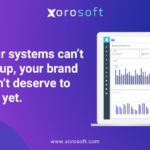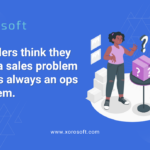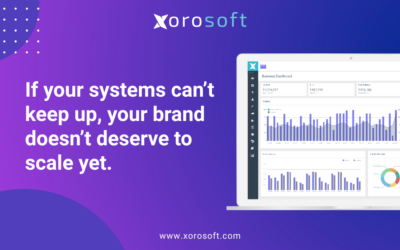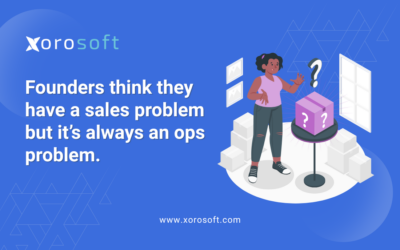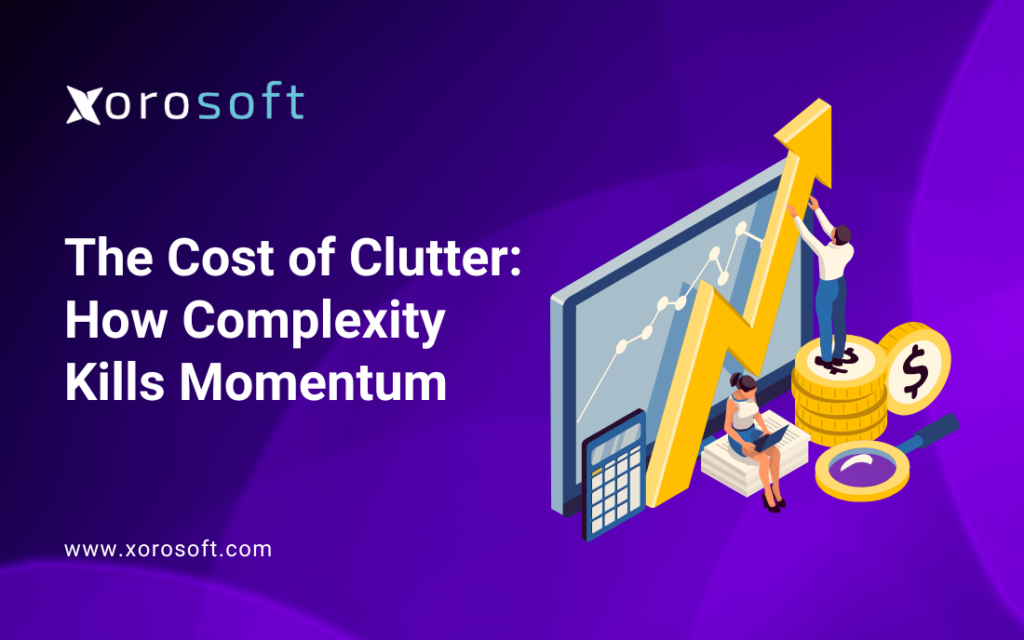
When Growth Starts to Feel Like Drag in Ecommerce Operations
Modern ecommerce brands are drowning in tools, dashboards, and data.
At first, it feels like growth. But as operations expand, operational complexity in ecommerce begins to slow everything down.
What used to feel fast and fluid suddenly becomes a grind.
When your systems stop talking to each other, your team loses rhythm.
As a result, efficiency fades, accuracy drops, and momentum — the most valuable currency in a scaling brand — quietly disappears.
How Operational Complexity Creeps into Ecommerce Workflows
In the early days, running a DTC brand feels effortless.
You move fast, decisions happen quickly, and your team adjusts on the fly.
However, as your operations mature, growth introduces friction.
Every new app or spreadsheet seems helpful at first.
Yet, together they create a tangled network that constantly needs maintenance.
Eventually, your team spends more time managing systems than serving customers.
Consequently, what you really want is flow — that state where sales, finance, and fulfillment move in sync.
Unfortunately, operational complexity in ecommerce builds slowly and invisibly until it suffocates your speed.
Friction Points That Quietly Kill Ecommerce Momentum
Most ecommerce brands don’t fail because of poor products.
They stall because their internal systems can’t keep up with scale.
Below are the frictions that silently erode performance every single day:
1. Disconnected Tools: Shopify, WMS, and accounting platforms rarely sync perfectly, leading to manual updates and delays.
2. Siloed Teams: Operations, finance, and warehouse staff rely on different data sets, creating confusion and duplication.
3. Reactive Decisions: Without unified insights, forecasting turns into guesswork instead of strategy.
4. Overloaded Tech Stack: Too many plug-ins and integrations slow performance and frustrate staff.
5. Delayed Financial Visibility: Reports arrive late, so leaders make decisions on outdated information.
Altogether, these frictions may seem minor. However, combined they create drag that drains focus and destroys operational confidence.
Why Simplifying Ecommerce Operations Boosts Clarity and Speed
Complexity doesn’t arrive overnight — it sneaks in over time.
Every manual update, delayed report, or redundant tool adds another layer of friction.
Eventually, growth feels heavier instead of faster.
By simplifying operations, you create flow.
When your tools, data, and teams connect, decisions happen instantly and accurately.
Moreover, everyone trusts the same numbers again.
Simplification also:
-
Speeds up execution across departments
-
Improves inventory accuracy and forecasting
-
Creates one version of truth for finance and operations
-
Makes scaling sustainable, not stressful
Therefore, the goal isn’t to add more software — it’s to remove resistance.
Ultimately, simplicity is the foundation of sustainable momentum.
Seven Steps to Eliminate Operational Complexity in Ecommerce
To rebuild your team’s rhythm, follow this clear framework that removes clutter layer by layer.
1. Map Your Workflow End to End
Goal: Reveal hidden inefficiencies.
Action: Trace one order from checkout to cash while noting every tool and touchpoint.
Metric: Reduce manual handoffs to fewer than three.
2. Centralize All Core Business Data
Goal: Create a unified source of truth.
Action: Sync Shopify, warehouse, and accounting data into one ERP dashboard.
Metric: Ensure 100% automated synchronization between platforms.
3. Automate Repetitive Tasks to Reduce Complexity
Goal: Free up time for strategic work.
Action: Automate purchase orders, reordering, and invoice matching wherever possible.
Metric: Decrease manual work by 60% or more.
4. Streamline Team Communication Across Ecommerce Channels
Goal: Remove delays between departments.
Action: Replace Slack threads and spreadsheets with real-time dashboards.
Metric: Cut internal response times by 50%.
5. Standardize Reporting Rhythm for Operational Clarity
Goal: Make insights instant and actionable.
Action: Set up daily automated reports for sales, fulfillment, and margins.
Metric: Ensure every report refreshes automatically within 24 hours.
6. Simplify Your Tech Stack for Operational Efficiency
Goal: Reduce overlap and hidden costs.
Action: Audit all software tools and eliminate redundant ones.
Metric: Reduce your tech stack by 30–40% while maintaining productivity.
7. Train Teams for Flow, Not Just Tools
Goal: Build habits that prioritize outcomes.
Action: Develop SOPs focused on goals, not clicks.
Metric: Cut onboarding time by 50% and error rates by 20%.
From Overwhelm to Flow: A Real-World Example
A growing apparel brand running Shopify and QuickBooks struggled with disjointed systems.
Their finance team spent six hours daily reconciling data, and fulfillment errors increased every week.
After switching to Xorosoft ERP, everything synced in real time.
Pick accuracy rose from 89% → 98.7%, month-end close dropped from 14 days → 3 days, and stockouts fell by 62%.
Because the systems finally talked to each other, the COO gained full visibility.
Soon after, the founder refocused on growth, and the team felt lighter and faster.
That’s the true reward of reducing operational complexity in ecommerce — confidence and speed return.
Reclaiming Momentum Without Adding Chaos
Momentum doesn’t require massive overhauls.
With the right framework, you can start simplifying in just a few days.
1. First, map your entire workflow and list the bottlenecks that slow you down.
2. Next, connect your Shopify, warehouse, and accounting data into one live dashboard to unify visibility.
3. Then, automate repetitive work like order syncs, PO creation, and invoice matching to eliminate manual effort.
4. Meanwhile, build automated KPI dashboards to track daily performance and ensure decisions stay data-driven.
5. Finally, train your team on the new streamlined process to guarantee smooth adoption and accountability.
As a result, decisions speed up, communication improves, and the entire team regains momentum. Ultimately, your business feels agile, confident, and in control again.
The Real Cost of Clutter in Ecommerce Operations
Clutter isn’t harmless — it’s expensive.
Every manual process or delayed update costs time and money.
Over months, those small inefficiencies turn into a hidden tax on your growth.
When data isn’t aligned, teams hesitate.
Because of that, decisions take longer, opportunities pass, and frustration builds.
Momentum doesn’t vanish overnight — instead, it fades quietly through operational complexity.
Protect it before it’s gone.
Simplify, Sync, and Scale: Overcome Operational Complexity in Ecommerce with Xorosoft ERP
If you’re ready to overcome operational complexity in ecommerce, Xorosoft ERP helps you unify your systems.
It connects your inventory, accounting, warehouse, and Shopify data in real time — giving your team full visibility and control.
🧭 See why Xorosoft ranks #1 for Ease of Use on G2
🛒 Explore the Xorosoft Shopify App
💼 Learn how Xorosoft ERP helps brands scale smarter
When systems align, your team regains rhythm.
Consequently, momentum returns, growth feels lighter, and your brand scales without friction.


